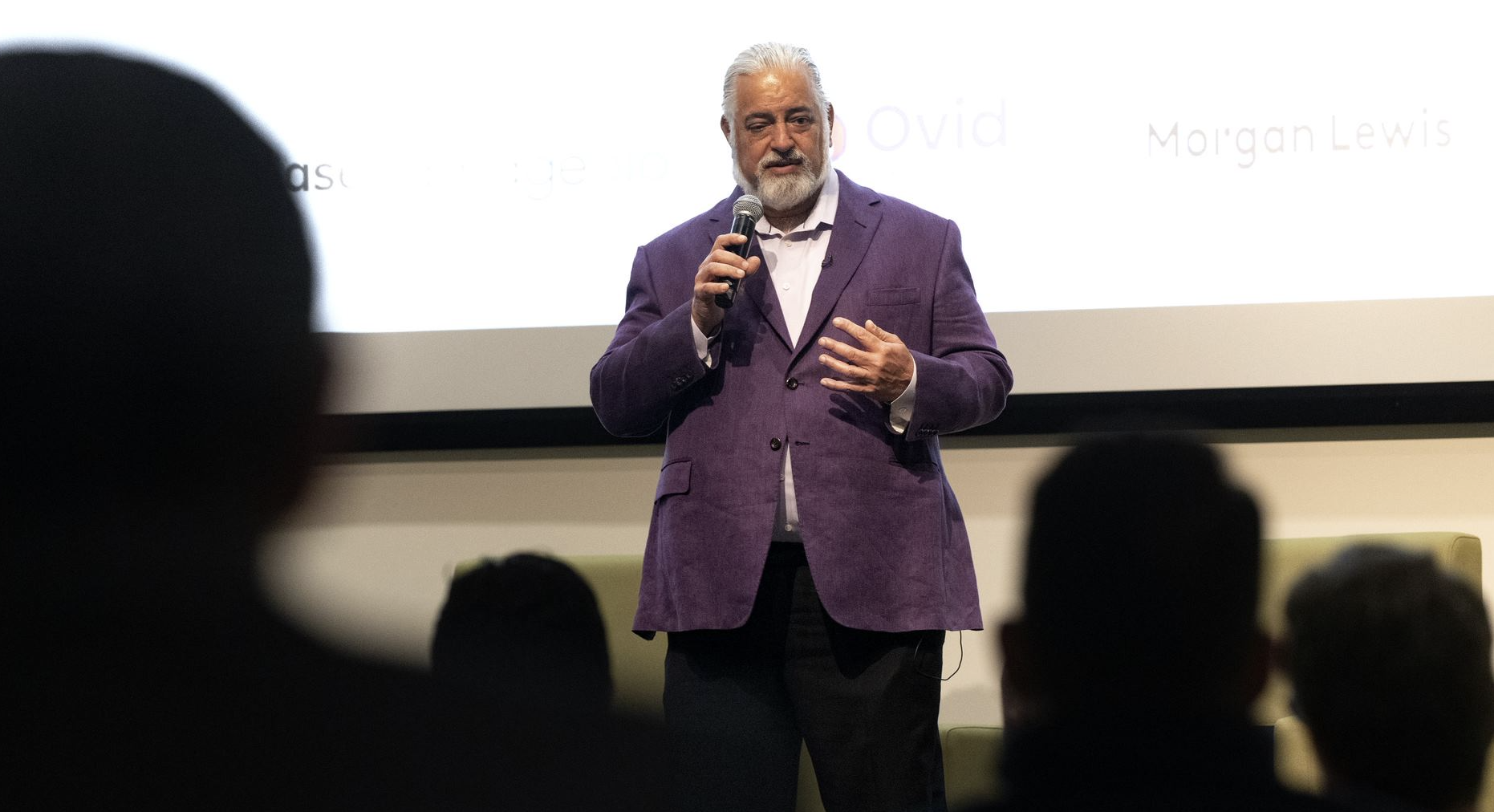In an editorial published in STAT News, founder and CEO of Ultragenyx Dr. Emil Kakkis presented a series of policy recommendations he believes can pave the way for the next era of rare disease drug development.
Dr. Kakkis also notes in the piece that January 2023 marks 40 years since the 1983 passage of the Orphan Drug Act (ODA), which enabled a meaningful number of treatments to be developed for rare and previously untreated conditions.
However, science and technology have progressed far beyond what the original ODA was designed to do. Incentives included in the law to encourage investment in rare diseases (those impacting 200,000 people or fewer in the U.S.) have not been effective at addressing the tremendous unmet medical need for ultrarare diseases. Since there is currently no agreed-upon population size for designating “ultrarare” diseases, Dr. Kakkis proposes a definition – conditions affecting 2,000 or fewer people in the U.S.
Today, the promise of innovations in precision medicine remains out of reach for the rarest diseases for which a solution is finally on the horizon.
Due to a combination of regulatory and economic factors, companies are abandoning otherwise promising potential therapies for ultrarare diseases. Per Dr. Kakkis, “Today, the promise of innovations in precision medicine remains out of reach for the rarest diseases for which a solution is finally on the horizon.”
Dr. Kakkis believes the solution can be “ODA 2.0,” a new set of national policies to enable a wave of innovation for ultrarare diseases – those with populations only 1 percent the size of some conditions defined as “rare.”
This proposed framework for ultrarare disease policy consists of the following elements:
- Qualifying biomarkers, particularly primary disease activity biomarkers, as primary endpoints in pivotal clinical trials for treatments targeting the underlying cause of disease – looking upstream of the resulting symptoms of the disease
- Accepting alternative designs and analyses for ultrarare diseases when traditional randomized studies are difficult to conduct – enabling more clinical trials for ultrarare disease treatments to move forward
- Offering a 50% tax credit to defray the cost of clinical trials, plus 10 years of marketing exclusivity, and waiver of application user fees – creating a financial incentive for leading-edge researchers to invest in developing ultrarare disease therapies
- Ensuring better and faster diagnosis of ultrarare diseases through widespread insurance coverage of genetic testing for individuals suspected of having a serious genetic disorder – enabling early and affordable diagnosis for underserved populations
Each of these specific policy proposals will be explored more fully in subsequent articles on the Ultragenyx blog in the coming months.
What worked in 1983 isn’t working well in 2023. It’s time for a new framework and policies so people living with rare and ultrarare diseases and their families aren’t left behind.
Dr. Kakkis concludes that while capability to treat ultrarare diseases has vastly increased over the last 40 years, the legislative and regulatory framework governing the development of these therapies has not kept pace. “What worked in 1983 isn’t working well in 2023,” he says. “It’s time for a new framework and policies so people living with rare and ultrarare diseases and their families aren’t left behind.”
The full editorial can be found here.
Lisa Kahlman is executive director of public policy and public affairs at Ultragenyx





